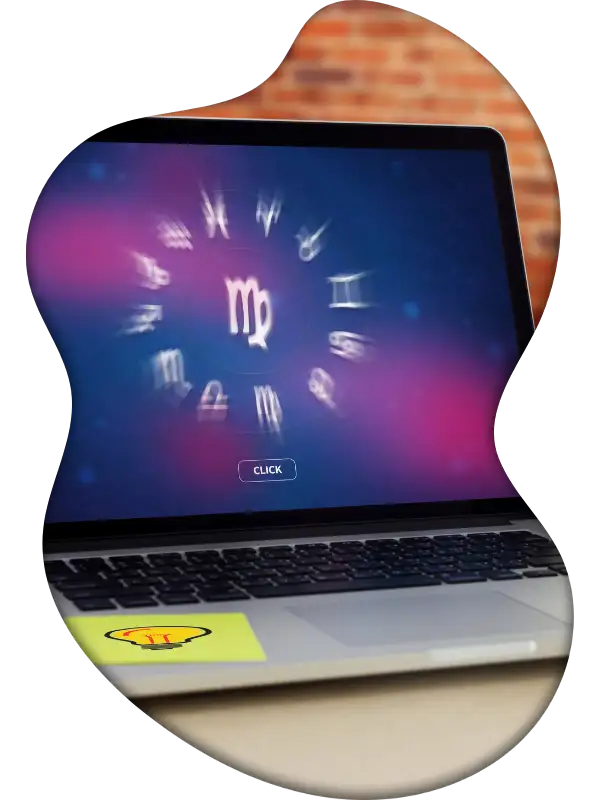[toc]
Equinox and Solstice Points
Let’s explore how the Earth moves in space and why the seasons change. Take a look at the diagram below.
The Earth moves around the Sun in the direction indicated by the arrow in a particular plane called the plane of the ecliptic. In a year, the Earth completes one orbit in this plane. At the same time, the Earth rotates around its own axis, which is tilted 23.5 degrees from the perpendicular to the plane of the ecliptic. During the year, the Earth rotates around its axis 365.24 times while orbiting the Sun.
The rotation of the Earth around its axis appears to us as the change between day and night: we find ourselves on the sunny side or the shadowed side of the Earth’s surface.
The Earth’s orbit around the Sun appears to us as the changing of the seasons. It is precisely because the axis of the Earth’s rotation is not strictly perpendicular to the plane of the ecliptic but slightly tilted that we feel the cold in winter and the heat in summer. Look again at the diagram above.
- When the Earth is at point 2, in the northern hemisphere, the day is significantly longer than the night. The Earth’s surface warms up well during the day and does not have time to cool down at night. We feel the warmth of summer with its long days.
- When the Earth is at point 4, the picture is opposite: in the northern hemisphere, the day is short, and the Earth does not have time to warm up and quickly cool down — we feel the cold of winter with its long nights.
- When the Earth is in positions 1 and 3, the day equals the night both in the north and the south. The Earth does not have time to either warm up or cool down — we feel the transitional seasons of spring and autumn, respectively.
Points 1 and 3 are called the vernal and autumnal equinoxes — day equals night. Points 2 and 4 are called the summer and winter solstices — day or night, respectively, are maximally prolonged.
The Ecliptic
We know that the Earth rotates around the Sun. But if you observe the Sun from the center of the Earth, it will seem that not the Earth, but the Sun, is moving around you. Look at the Sun’s apparent movement around the Earth’s stationary center, represented in the diagram below: the Sun moves in the direction indicated by the arrow in the ecliptic plane.
Make sure to distinguish this movement from the visible movement of the Sun during the day. We are currently ignoring the Earth’s own rotation around its axis and following the slow annual movement of the Sun around the center of the Earth. The circle that the Sun traces during the year is called the ecliptic circle. It is illustrated in the diagram as a belt surrounding the Earth: the Sun moves along this belt during the year. This belt is the zodiac circle itself.
Zodiac Signs
Like any circle, it consists of 360 degrees. What should be considered the beginning of the circle at 0 degrees? In Western astrology, it is customary to consider the degrees of the zodiac circle from the position of the spring Sun, when day equals night, that is, from the point of the vernal equinox. Look at the diagram below.
- When the Earth is at point 1 (vernal equinox), the Sun, from the perspective of the center of the Earth, is at the beginning of the zodiac circle.
- When the Earth reaches point 2 (summer solstice), the Sun will be at 90 degrees of the zodiac circle.
- When the Earth reaches point 3 (autumnal equinox), the Sun will be at 180 degrees of the zodiac circle.
- Finally, in winter, when the Earth reaches point 4 and the day is the shortest (winter solstice), the Sun will be at 270 degrees of the zodiac circle.
As you know, the zodiac circle consists of 12 equal parts of 30 degrees each. These equal parts are called the signs of the zodiac. Look at how the zodiac signs are arranged (see the diagram below):
- On the day of the vernal equinox, the Sun is at 0 degrees of the 1st sign, called Aries and denoted by the symbol a;
- On the day of the summer solstice, the Sun is at 0 degrees of the 4th sign, called Cancer and denoted by the symbol f;
- On the day of the autumnal equinox, the Sun is at 0 degrees of the 7th sign, called Libra and denoted by the symbol j;
- Finally, on the winter solstice day, the Sun is at 0 degrees of the 10th sign, called Capricorn, and denoted by the symbol v.
The Zodiac Circle
So, the zodiac circle is a “belt” surrounding the Earth and divided into 12 equal segments of 30 degrees each. Each of these segments has its unique properties. Why precisely 12 segments? One of the explanations, provided by the Italian medieval astrologer Guido Bonatti (Bonatti, 2007), involves the idea that each of the four primary states or elements of matter (Earth, air, fire, and water) exists in any phenomenon of the sublunar world in one of three stages: formation, development, and completion. Each zodiac sign is responsible for a particular stage of one of the elements of the sublunar world.
There are 12 possible combinations: three stages for each of the four primary states. Twelve zodiac signs are necessary and sufficient to form changes in the ever-changing sublunar world.
The beginning of the zodiac circle is taken at the vernal equinox. The Sun slowly moves along this “belt” throughout the year, and its passage through these equal segments (zodiac signs) causes the seasons to change. In Western astrology, zodiac signs are conventionally drawn counterclockwise, as shown in the diagram above.
Remember the sequence, names, and symbols of the zodiac signs.
- Aries (a), Taurus (s), and Gemini (d) — spring signs.
- Cancer (f), Leo (g), and Virgo (h) — summer signs.
- Libra (j), Scorpio (k), and Sagittarius (l) — autumn signs.
- Capricorn (v), Aquarius (x), and Pisces (c) — winter signs.
Now you are ready to learn more about tropical and sidereal zodiac signs, to which we will dedicate the next article.
References
Bonatti Guido (2007) Book on Astronomy. Volume 1. Cazimi Press.


